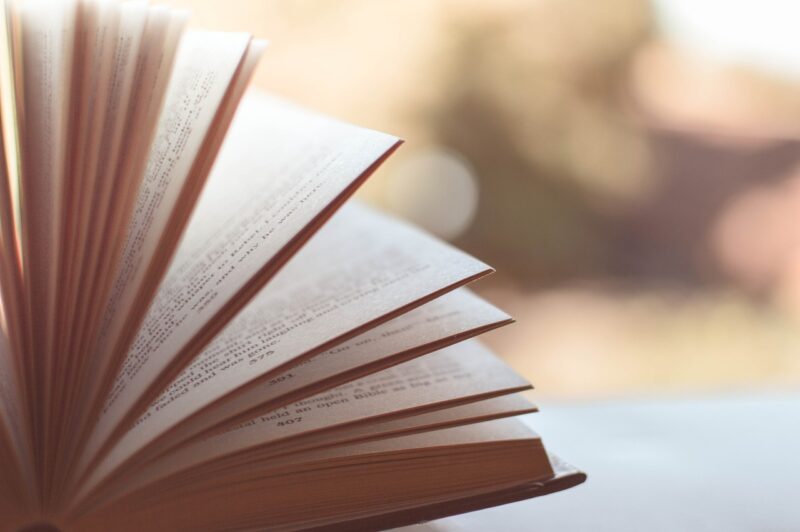How to Read a Poem: Understanding Language, Imagery, and Rhythm
November 11, 2024

Reading poetry is a unique and enriching experience, one that allows the reader to explore emotions, ideas, and creativity through carefully crafted language. However, the intensity and intricacies of poetry can easily overwhelm many readers, particularly if they are unfamiliar with its elements. In this article, we will delve into the essential components of poetry, offering a comprehensive guide on how to effectively read and appreciate a poem. Whether you are a seasoned poem-lover or an inexperienced reader, our insights will enhance your understanding of this beautiful art form.
1. The Basics of Poetry
Before diving deep into reading a poem, it’s important to understand what poetry is at its core. Poetry is often defined as a form of literary expression that uses aesthetic and rhythmic qualities of language. Unlike prose, which often focuses on narrative structure and conventional sentence patterns, poetry relies heavily on condensing meaning, sound, and emotional resonance into fewer words. This is done through devices such as:
- Line Breaks: The end of a line can add emphasis or change the rhythm, inviting readers to pause and reflect.
- Stanzas: Grouping lines together, stanzas can create distinct sections or shifts in ideas and emotions.
- White Space: The use of white space in poetry can create visual impact, emphasizing the importance of what’s written (or not written).
Understanding these basics can set the foundation for your poetic exploration, making each reading session more insightful.
2. Read with Your Eyes and Ears
Poetry is not just a written text; it also has a musical quality. Thus, it is crucial to read a poem both visually and aurally. Here are some tips:
- Read Aloud: By vocalizing the words, you can better appreciate the rhythm and musicality of the poem. Notice the flow of the language, the sound of the words, and how your voice changes tone and inflection with the meaning.
- Listen for Meter and Rhyme: Many poems use repetitive patterns (or meters) and rhymes. Identifying these patterns can lead you to deeper meanings, as they can evoke emotions and enhance your connection to the text.
- Pause and Breathe: Allow yourself to breathe between lines or stanzas, giving yourself time to process what you just read. Poetry is often about taking time to reflect and absorb the nuances of language.
By engaging both the eyes and ears, the reading experience becomes a sensory exploration.
3. Analyzing Language and Imagery
A vital aspect of understanding a poem is to analyze its language and imagery. Here’s how to dig deeper:
- Consider Word Choices: Pay attention to the poet’s diction. The specific words chosen can evoke particular feelings or responses. Are they common, or do they use more complex vocabulary? Do they create vivid images?
- Identify Imagery: Imagery creates mental pictures and sensory experiences. Look for adjectives, metaphors, and similes that appeal to your senses. Ask yourself how these images contribute to the overall theme of the poem.
- Look for Symbols: Many poems use symbols to convey deeper meanings. Identifying these symbols can unlock layers of significance within the text. Always consider the context and emotional undertones of symbols used throughout the poem.
Through analyzing language and imagery, you’ll discover how poets manipulate words to convey profound meanings and emotions.
4. Understanding Rhythm and Structure
Rhythm and structure play a vital role in poetry, influencing how a poem feels and flows. Consider the following:
- Explore the Rhythm: Is the poem structured with a specific rhythm, like iambic pentameter? Does it have a consistent beat or a varied tempo? Understand how rhythm shapes the emotional quality of a poem, guiding your feelings along with the language.
- Identify the Form: Poems can take various forms – sonnets, haikus, free verse, etc. Each form has distinctive characteristics that contribute to the poem’s meaning and impact. For instance, a sonnet’s rigid structure may reflect confinement, whereas free verse could symbolize freedom and fluidity.
- Catch Punctuation and Capitalization: The poet’s choices regarding punctuation and capitalization can also convey meaning. Pay attention to where punctuation occurs; it can create pauses, dictate rhythm, and convey emotional emphasis.
By exploring rhythm and structure, you can appreciate the meticulous craftsmanship involved in writing poetry.
5. Connecting with Emotion and Theme
Poetry often serves as a reflection of human emotions and experience. To connect deeply with a poem, consider:
- Establish an Emotional Connection: Reflect on how the poem makes you feel. Does it evoke nostalgia, sadness, joy, or anger? Your emotional response is critical in understanding the poem’s message, as personal experiences can shape your interpretation.
- Identify the Theme: Explore the central theme or message of the poem. Is it romantic, political, existential, or social? Understanding the theme helps you recognize the poet’s purpose and intention behind the artwork.
- Look for Personal Connections: Think about how the themes resonate with your own life experiences. Drawing personal connections makes the poem more meaningful, turning readers into active participants in the poetic experience.
The emotional and thematic layers of poetry ultimately bring the text to life, giving readers a deeper understanding of both the poem and themselves.
Conclusion: Embracing Your Poetic Journey
Learning how to read a poem can open doors to a world rich in depth and beauty. By engaging with the language, imagery, rhythm, and emotions within poetic texts, you not only deepen your understanding of the art form but also enrich your appreciation for human expression. Poetry invites us to contemplate, to feel, and to connect.
Next time you sit down to read a poem, remember to immerse yourself fully; let the words wash over you and invite you to explore the varied landscapes of thought and emotion they create. Embrace your unique interpretations and enjoy the poetic journey ahead.







